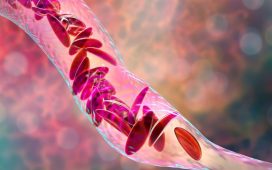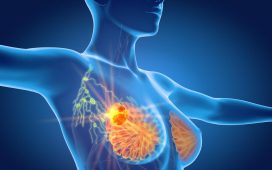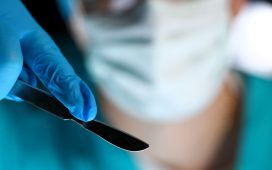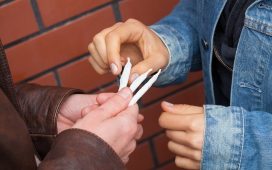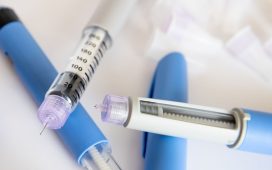The removable eXciteOSA device, to be used when a patient is awake, delivers neuromuscular stimulation to the tongue
MONDAY, Feb. 8, 2021 (HealthDay News) — A new device to reduce snoring and mild obstructive sleep apnea has received marketing authorization by the U.S. Food and Drug Administration, the agency announced Friday.
The eXciteOSA device, available only by prescription for patients 18 years and older, is a removable tongue muscle stimulation device used while a patient is awake. The device delivers neuromuscular stimulation to the tongue to improve tongue muscle function, which can prevent the tongue from collapsing backward during sleep and obstructing the airway. The device is indicated for use 20 minutes once a day for a period of six weeks and then once a week thereafter.
The marketing authorization approval was based on data from 115 patients with snoring, 48 of whom also had mild sleep apnea. The patients used the device for 20 minutes once a day for six weeks. They were then reassessed after discontinuing use for two weeks. The percent of time spent snoring at levels louder than 40 dB was reduced by 20 percent in 87 patients. Among the 48 patients with mild sleep apnea, the average Apnea-Hypopnea Index score was reduced by 48 percent — from 10.21 to 5.27 — in 41 patients.
For adverse events, patients most commonly reported excessive salivation, tongue or tooth discomfort, tongue tingling, dental filling sensitivity, metallic taste, gagging, and tight jaw. The device is not indicated for patients who may have obstructive sleep apnea with an Apnea-Hypopnea Index score of 15 or higher. It is also contraindicated in those with pacemakers or electrodes and patients with temporary or permanent implants, dental braces, intraoral metal prosthesis/restorations/appliances, or dental jewelry in the mouth.
Marketing authorization was granted to Signifier Medical Technologies LLC.
Copyright © 2020 HealthDay. All rights reserved.



